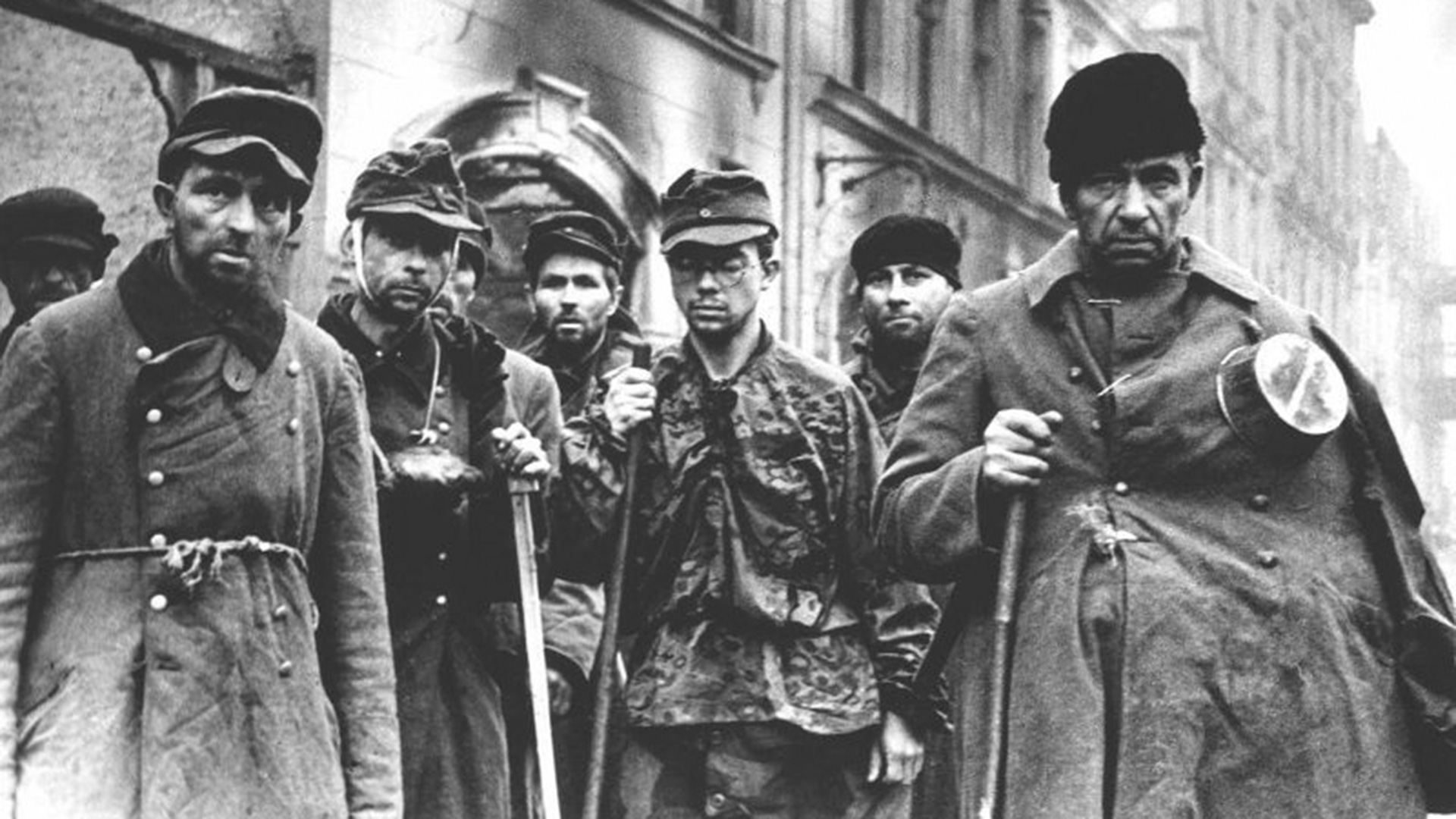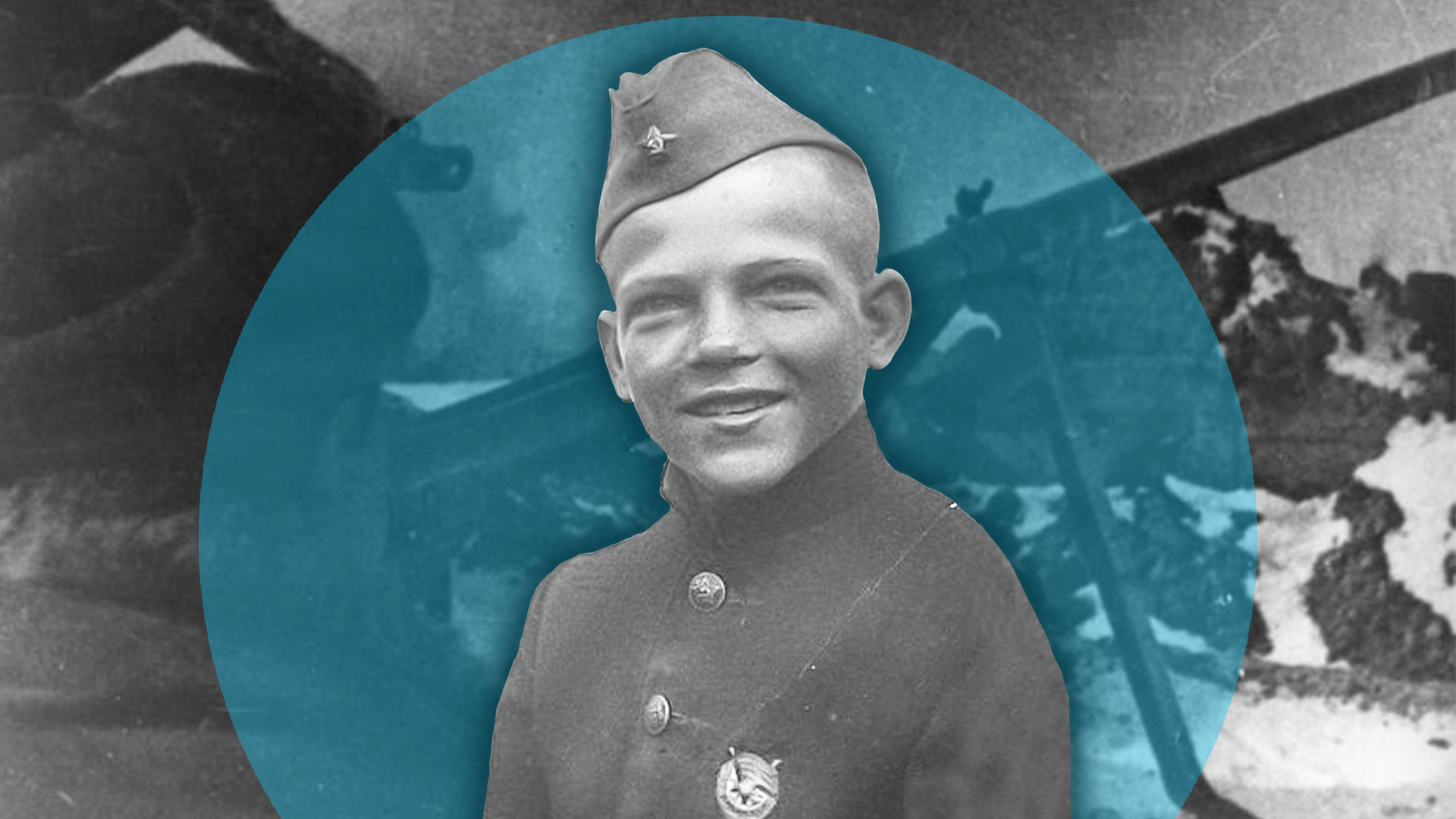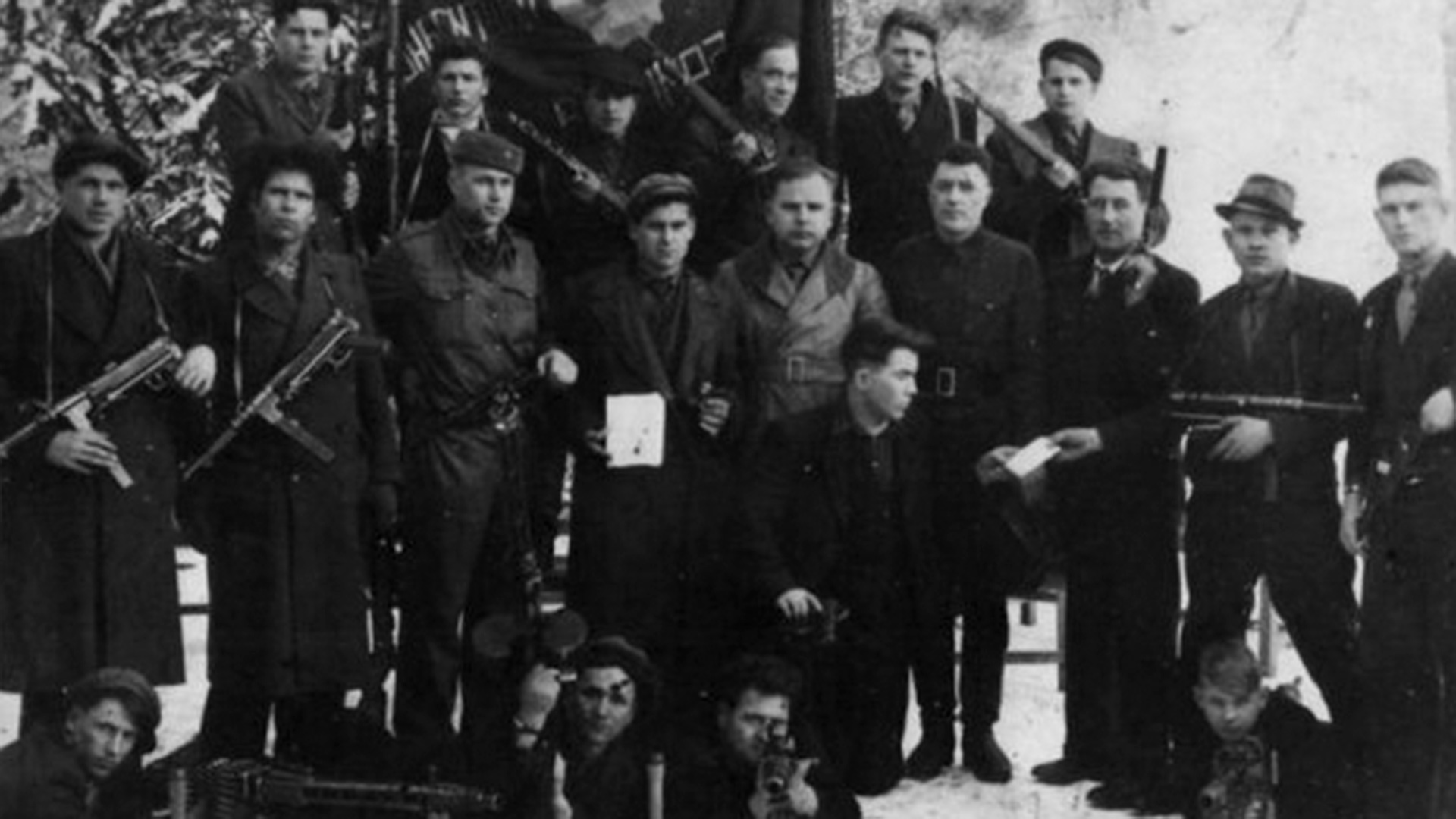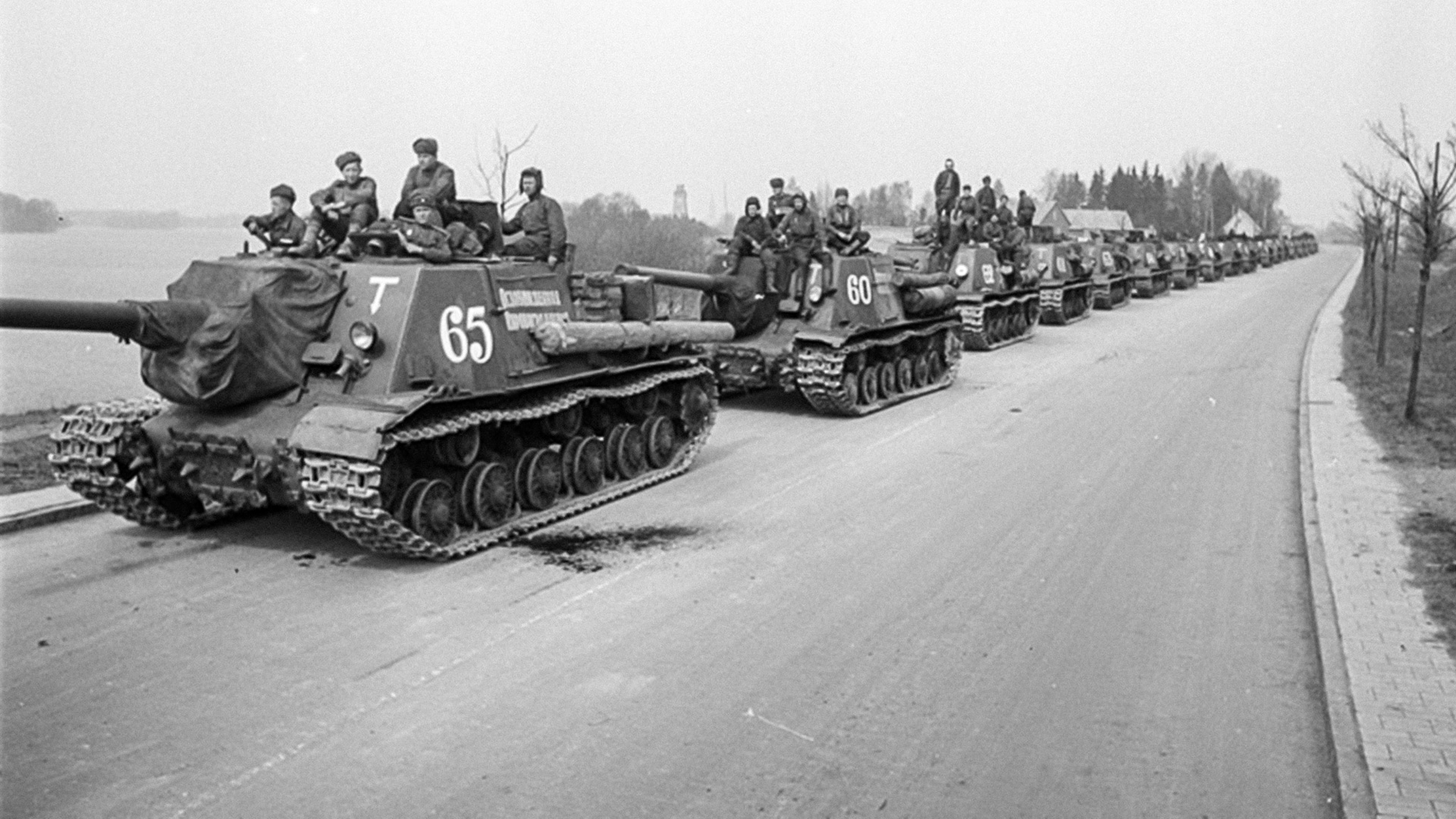
What Western military equipment did Soviet troops use in World War II?

Over the course of World War II, the U.S., Great Britain and Canada sent dozens of thousands of different military and civilian vehicle units to the USSR as military aid: tanks, armored personnel carriers, fighter and bomber aircraft, ships, trucks and army cars.
More than anything, the USSR was thankful to the Allies for ‘Studebaker’ trucks and ‘Willys’ army cars. Considering the deplorable situation with transport in the Red Army during the first years of the war, they were truly a deliverance.
Although Western military vehicles failed to become the Red Army’s main striking force, they made a significant contribution in achieving victory over Nazi Germany on the Eastern Front.
Tanks
 Soviet ‘Valentine’ tank.
Soviet ‘Valentine’ tank.
The Western Allies supplied the Soviet Union with more than 10,000 tanks over the course of the war: British ‘Matildas’, ‘Cromwells’, ‘Tetrarchs’, ‘Churchills’ and ‘Valentines’, American ‘Shermans’, ‘Stuarts’ and ‘Lees’. They fought the Germans near Moscow, in Stalingrad, on the Kursk Bulge and in Berlin.
In the Red Army, Western armored vehicles were valued for their high levels of comfort, which Soviet vehicles lacked severely. But, it wasn’t all that smooth in terms of the reliability and combat qualities of some tanks from the Allies.
 Soviet 'Sherman' tanks.
Soviet 'Sherman' tanks.
Soviet tankmen liked stocky British ‘Valentines’ and tall American ‘Shermans’ best, which combined high combat capabilities with comfortable conditions for the crew. These armored fighting vehicles took the lion’s share from all armored vehicle supplies to the USSR.
Read more about how the Red Army used Western tanks here.
Fighter aircraft
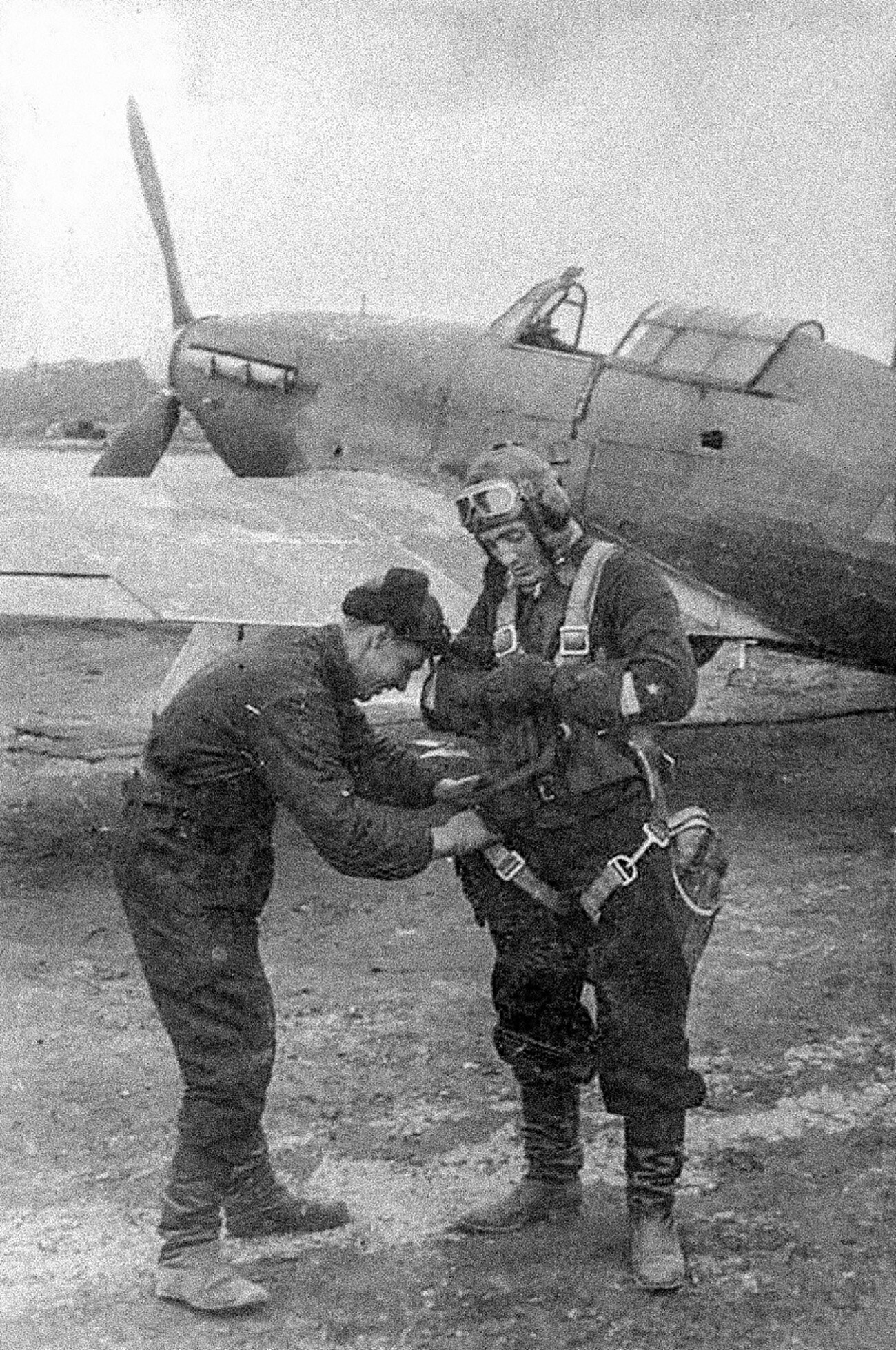 Captain Sgibniev at his 'Hurricane' in 1942.
Captain Sgibniev at his 'Hurricane' in 1942.
About 14,000 fighter aircraft arrived in the Soviet Union from the U.S. and Great Britain during the years of the war. Far from all of them, however, were valuable acquisitions. Many western aircraft turned out to be obsolete and couldn’t fight the newest German ‘Messerschmitts’ on equal terms.
For example, the eight machine guns of the British ‘Hurricane’ turned out to be so useless that the Nazis even sent their Soviet opponents a sarcastic message, asking them not to “scrape paint from German wings”. The armaments had to be replaced with Soviet ones.
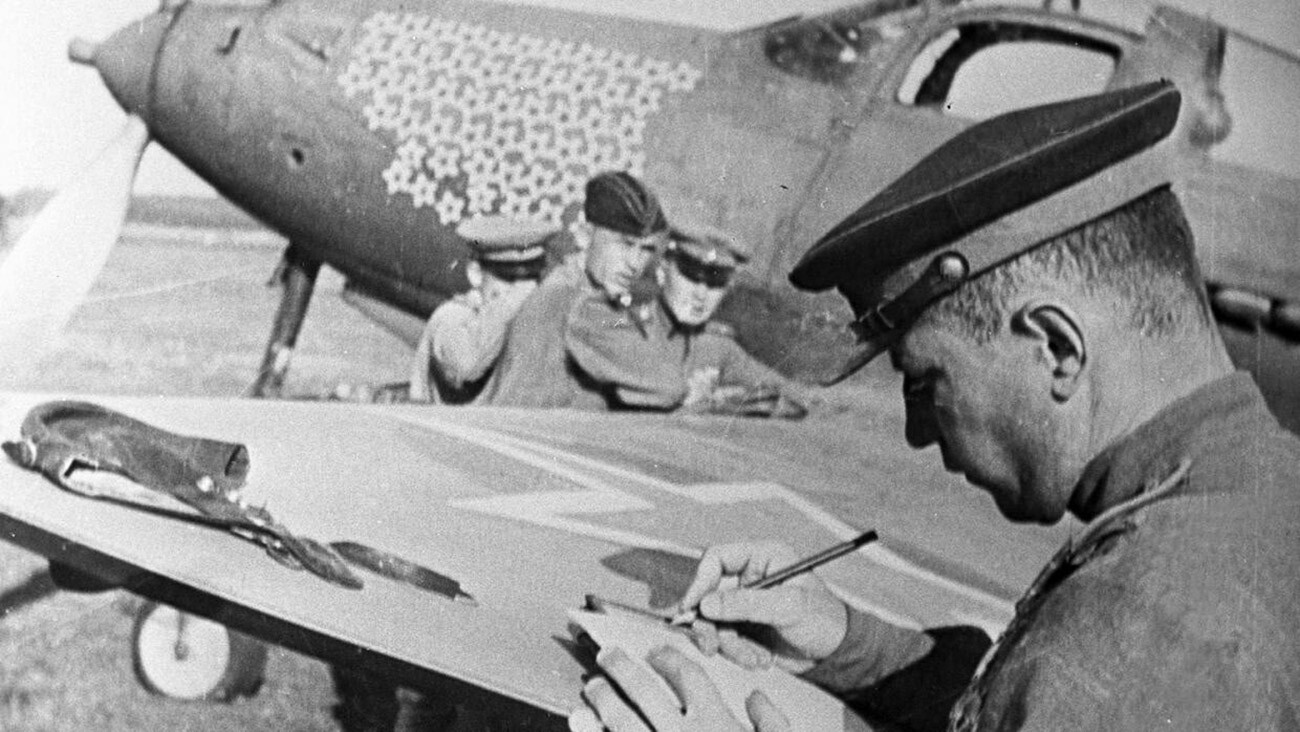 Alexander Pokryshkin at his 'Aircobra'.
Alexander Pokryshkin at his 'Aircobra'.
But the American ‘Airacobra’, to the contrary, was very much to Soviet pilots’ liking. Grigory Rechkalov and Alexander Pokryshkin, the leading aces of the Red Army’s air force, achieved the majority of their victories flying this aircraft.
Read more about how the Red Army used Western fighter aircraft here.
Bomber aircraft
 Soviet A-20 bombers.
Soviet A-20 bombers.
The Western Allies supplied the Soviet Union with about 3,700 bombers. The lion’s share among them was taken by U.S.-produced aircraft; there were only two dozen British machines.
Soviet pilots highly praised the effective, comfortable and easy-to-control American A-20 and B-25. They did incredibly well in Soviet frontier and naval aviation, as well as in long-range aviation.
 RAF Hp.52 'Hampden' and 'Hereford' planes.
RAF Hp.52 'Hampden' and 'Hereford' planes.
But the situation with the British Hampdens was completely different. “Those are coffins,” pilot Aleksei Gusev said about them. “It was horrifying to pilot them. It was horrifying to even come near them…”
Read more about how the Red Army used Western bombers here.
Armored personnel carriers
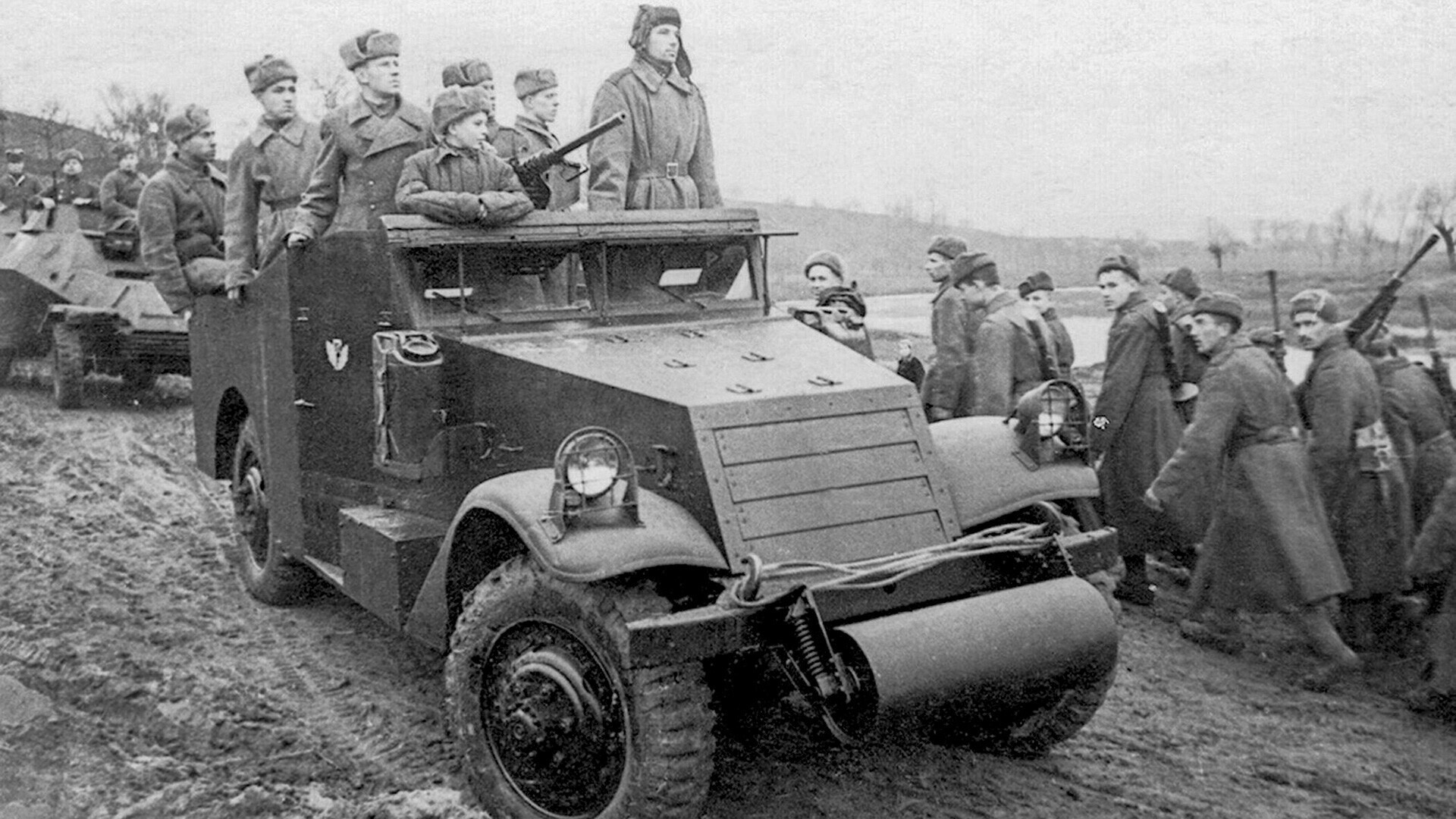 Soviet M3A1 'Scout' armored personnel carrier.
Soviet M3A1 'Scout' armored personnel carrier.
Over the course of the war against Nazi Germany, the Red Army had none of their own armored personnel carriers – they were simply not developed at all in the USSR. So, the Western Allies came to the rescue.
The U.S. and Great Britain supplied the USSR with more than 6,000 armored personnel carriers. If half-track M2s, M5s and M9s were mostly used for artillery gun towing, British ‘Universals’ and American M3A1 ‘Scouts’ were actively used in reconnaissance raids, for capturing important river crossings and for pursuing retreating German troops.
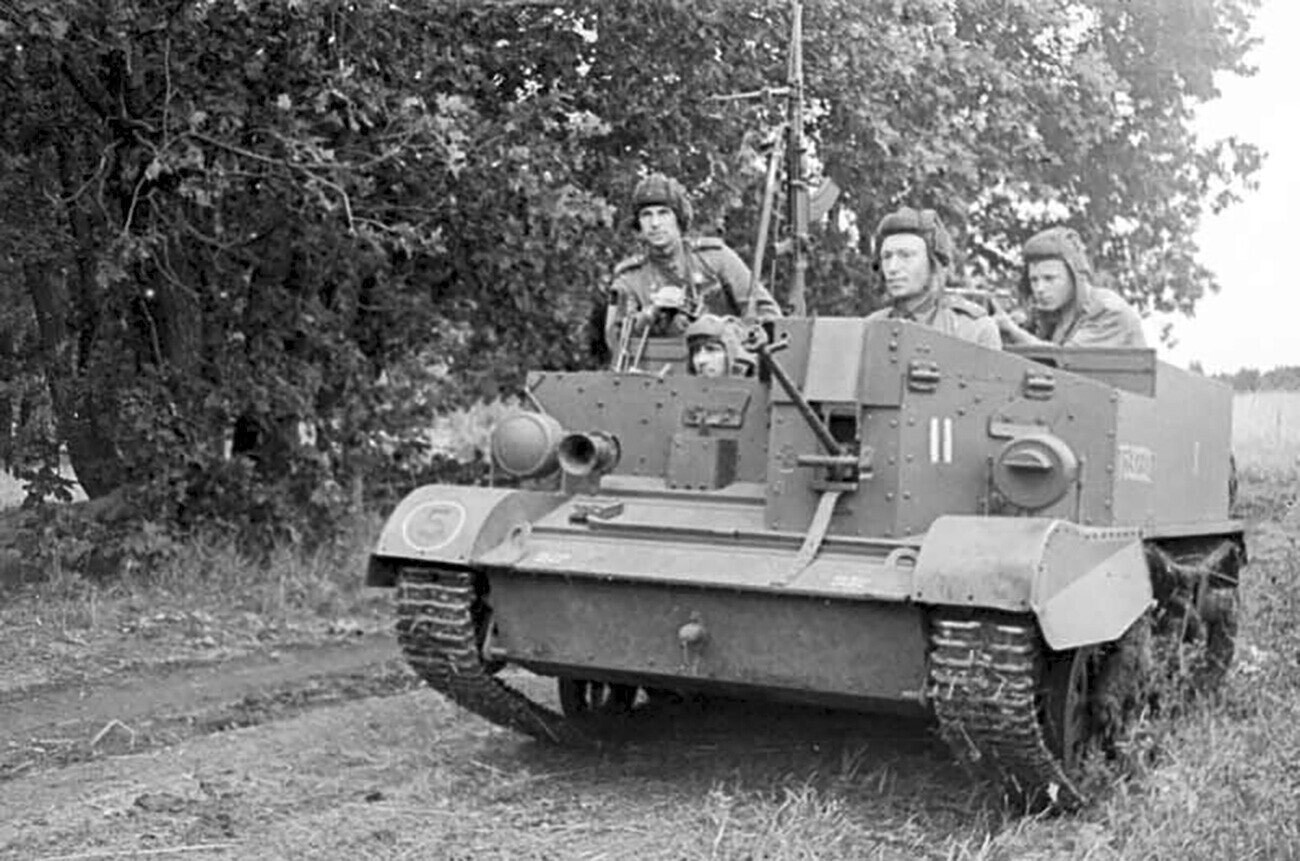 Soviet 'Universal' armored personnel carrier.
Soviet 'Universal' armored personnel carrier.
Reliable, comfortable and well-armed American ‘Scouts’ became the most beloved armored carriers in the Red Army. It was those carriers that often protected the vehicles of the most important Soviet commanders.
Read more about how the Red Army used Western armored personnel carriers here.
Ships
 Vosper torpedo boat.
Vosper torpedo boat.
The Allies also supplied the Soviet Union with 500 large and small submarine chasers, minesweepers, landing and guard ships, torpedo boats, towboats, tankers and cargo ships. They played an important role over the course of military action against the Germans in the Baltic Sea, North Sea and Black Sea, as well as against the Japanese in the Pacific.
With the main shipbuilding industry enterprises in Ukraine lost, Western supplies became a vital source of replenishment for the surface forces of the USSR Navy. On top of that, the majority of U.S. and British ships were distinguished for their superior characteristics; they carried equipment unmatched by the Soviet Union.
 Elko torpedo boats on the way to the Soviet Union.
Elko torpedo boats on the way to the Soviet Union.
Nonetheless, not all Western vehicles evoked excitement among the Soviet command. For example, in a conversation with the chairman of the shipbuilding company ‘Higgins Industries’ about the types of American torpedo boats, engineer counter admiral Alexander Yakimov said: “The navy personnel evaluates the supplied torpedo boats: Vosper – so-so, Higgins – good, Elko – great.”
Automobiles
 BM-13N rocket artillery on Studebaker US6 truck.
BM-13N rocket artillery on Studebaker US6 truck.
At the beginning of the Wehrmacht’s invasion of the USSR, the situation with transport in the Soviet Armed Forces was quite tragic. They severely lacked automobiles; the ones they had were not distinguished for their great technical characteristics.
About 400,000 trucks, tractor units, recovery and military jeeps, as well as amphibious cars arrived in the Soviet Union from overseas. They were valued for their levels of comfort, easy and convenient control, powerful engines and high terrain passability.
 Willys army vehicle.
Willys army vehicle.
The most mass-supplied (about 200,000) and beloved American truck in the Red Army was the ‘Studebaker’. “ZIS were two-axle vehicles, they stalled if the road was rough. Studebakers were all-terrain vehicles, both the front and back wheels were drive wheels. They were also more maneuverable,” mortar division lieutenant Pavel Gurevich once remembered.
The other favorite of Soviet soldiers was the ‘Willys’ army jeep. Thanks to its fast speed (105 km/h; 65 mph), maneuverability and compact size, which made it easy to disguise, it enjoyed wide popularity among command staff and scouts.
Read more about how the Red Army used Western automobiles here.
Motorcycles
 Red Army Harley-Davidson.
Red Army Harley-Davidson.
The situation with military motorcycles in the Red Army was also quite bad by the beginning of the war. The Red Army lacked them catastrophically; they were unable to establish an effective production in the conditions of evacuating the industry to Siberia.
In this instance, Western Allies also came to the USSR’s aid. Among all the models supplied by the U.S. and Great Britain, the Harley-Davidson WLA-42 was the best. Numbering 21 thousand units, it also became the most numerous military motorcycle of the Red Army.
The American combat “steel horse” was distinguished for its reliability, longevity, high quality of parts, high carrying capacity, comfort, powerful engine and its tolerance for low-grade gasoline. While being unsteady off-road, on a highway it could accelerate up to 110 km/h (68 mph).
Read more about how the Harley-Davidson motorcycle helped the Red Army here.






